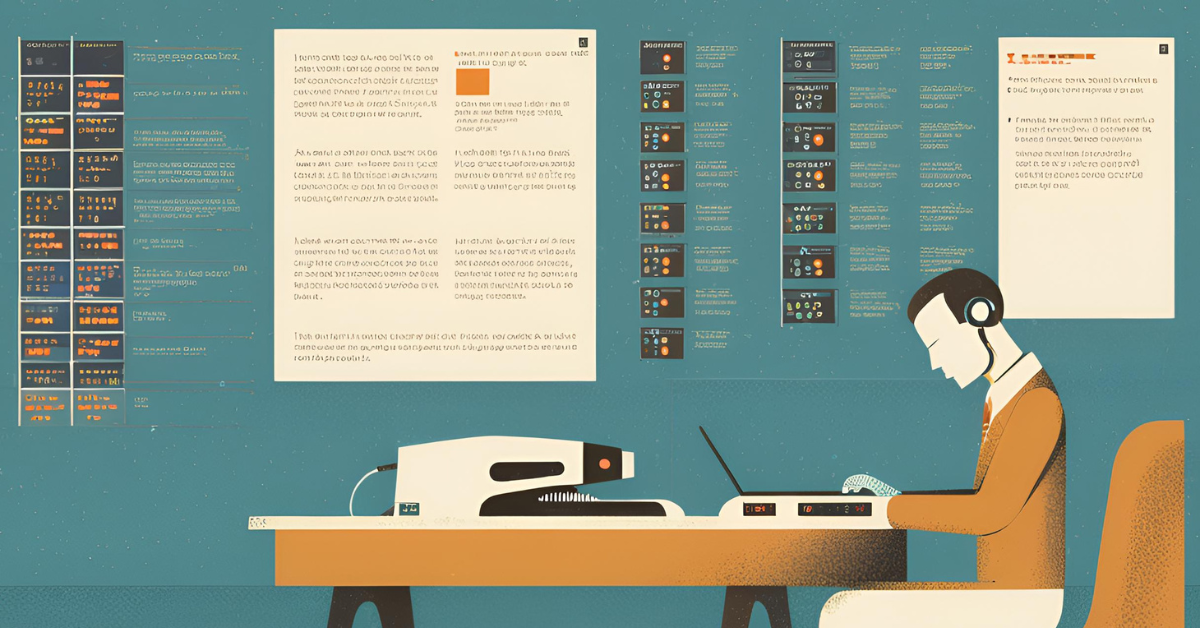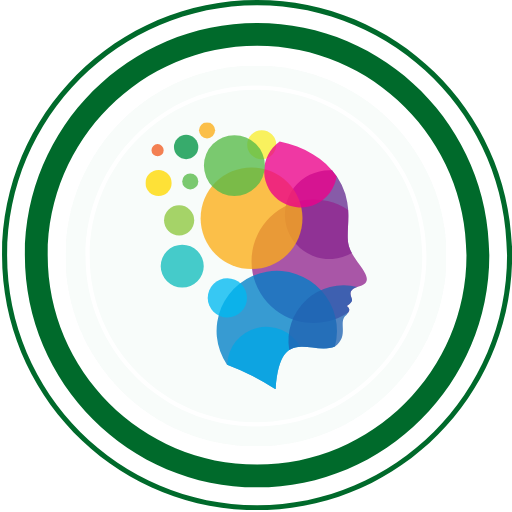
The Turing Test is a fundamental concept in the field of artificial intelligence (AI), designed to evaluate a machine’s ability to exhibit intelligent behavior equivalent to, or indistinguishable from, that of a human. Proposed by Alan Turing in 1950, this test has shaped the development and assessment of AI systems for decades.
Understanding the Turing Test provides insight into the historical context of AI, its development, and the ongoing quest to create machines that can think and act like humans.
| Topics | Subtopics |
|---|---|
| Introduction to the Turing Test | Overview, Historical Context, Importance |
| Origin of the Turing Test | Alan Turing, “Computing Machinery and Intelligence” |
| What is the Turing Test? | Definition, Purpose, Criteria |
| How the Turing Test Works | Setup, Participants, Process |
| Significance of the Turing Test | Impact on AI Development, Philosophical Implications |
| Criticisms and Limitations of the Turing Test | Common Criticisms, Practical Limitations, Modern Perspectives |
| Variations and Extensions of the Turing Test | Extended Turing Test, Alternatives, Modern Approaches |
| Famous Turing Test Examples | Historical Tests, Notable AI Programs, Case Studies |
| The Turing Test and AI Ethics | Ethical Considerations, Human vs. Machine Intelligence |
| The Future of the Turing Test | Evolving Standards, Future Research Directions |
| FAQs | Frequently Asked Questions |
| Conclusion | Summary, Final Thoughts |
Origin of the Turing Test
The Turing Test was introduced by Alan Turing, a British mathematician and logician, in his seminal 1950 paper titled “Computing Machinery and Intelligence.” Turing’s work laid the foundation for modern computer science and AI. He posed the question, “Can machines think?” and proposed the Turing Test as a way to address this question empirically.
What is the Turing Test?
The Turing Test is designed to determine whether a machine can exhibit behavior indistinguishable from a human. In its simplest form, the test involves a human evaluator who interacts with both a machine and a human without knowing which is which. The evaluator’s task is to determine which of the two is the machine.
Purpose of the Turing Test
The primary purpose of the Turing Test is to assess a machine’s ability to mimic human intelligence convincingly. It shifts the focus from defining “thinking” to evaluating the performance of intelligent behavior.
Criteria for Passing the Turing Test
A machine passes the Turing Test if the evaluator cannot reliably distinguish it from a human based on its responses during the interaction. This implies that the machine’s behavior is sufficiently human-like in terms of language use, reasoning, and conversation.
How the Turing Test Works
Setup
The Turing Test typically involves three participants: a human evaluator, a human respondent, and a machine (AI). These participants are separated to prevent the evaluator from identifying the machine through non-verbal cues.
Participants
- Human Evaluator: Conducts the interaction and makes the final judgment.
- Human Respondent: Provides responses to the evaluator’s questions.
- Machine (AI): Attempts to mimic human responses to deceive the evaluator.
Process
The evaluator communicates with both the human and the machine via a text-based interface to ensure that judgments are based solely on the content of the conversation. After a series of interactions, the evaluator must decide which participant is the machine.
Significance of the Turing Test
Impact on AI Development
The Turing Test has been a guiding principle in AI research, encouraging the development of systems capable of natural language processing, reasoning, and learning. It has influenced the creation of chatbots, virtual assistants, and other AI applications designed to interact seamlessly with humans.
Philosophical Implications
The Turing Test raises important philosophical questions about the nature of intelligence and consciousness. It challenges the notion of what it means to “think” and whether machines can possess or simulate human-like understanding.
Criticisms and Limitations of the Turing Test
Common Criticisms
Critics argue that the Turing Test is an insufficient measure of true intelligence. They contend that passing the test does not necessarily indicate understanding or consciousness, but merely the ability to generate human-like responses.
Practical Limitations
The Turing Test focuses primarily on linguistic ability, potentially neglecting other forms of intelligence, such as emotional or practical intelligence. Additionally, it may encourage the development of systems that are good at deception rather than genuinely intelligent.
Modern Perspectives
Modern AI research often goes beyond the Turing Test, exploring more comprehensive evaluations of machine intelligence that include perception, learning, and interaction in varied environments.
Variations and Extensions of the Turing Test
Extended Turing Test
The Extended Turing Test includes additional criteria such as the machine’s ability to engage in more complex tasks, exhibit creativity, and interact in physical environments.
Alternatives to the Turing Test
Other approaches, such as the Lovelace Test and the Chinese Room Argument, offer different perspectives on evaluating machine intelligence and understanding.
Modern Approaches
Contemporary AI evaluations often involve benchmark tests, competitions, and real-world applications to assess the effectiveness and intelligence of AI systems.
Famous Turing Test Examples
Historical Tests
Early attempts at the Turing Test include experiments with chatbots like ELIZA, which mimicked a Rogerian psychotherapist, and PARRY, which simulated a paranoid schizophrenic.
Notable AI Programs
Programs like IBM’s Watson, which competed on Jeopardy!, and Google’s AlphaGo, which defeated human champions in the game of Go, exemplify advanced AI capabilities. These achievements, while not direct Turing Tests, demonstrate the progress in creating intelligent systems.
Case Studies
Recent case studies involve sophisticated AI chatbots and virtual assistants that participate in Turing Test-like evaluations to measure their conversational abilities and intelligence.
The Turing Test and AI Ethics
Ethical Considerations
The Turing Test highlights ethical concerns in AI, including the potential for deception, privacy issues, and the implications of creating machines that can convincingly mimic humans.
Human vs. Machine Intelligence
The ethical debate extends to the comparison between human and machine intelligence, exploring the moral and societal impacts of developing AI systems that can perform human-like tasks.
The Future of the Turing Test
Evolving Standards
As AI technology advances, the standards for passing the Turing Test may evolve, incorporating more rigorous and diverse criteria for evaluating intelligence.
Future Research Directions
Future research in AI will likely focus on creating more sophisticated and holistic assessments of machine intelligence, addressing the limitations and criticisms of the Turing Test.
FAQs
What is the Turing Test?
The Turing Test is an evaluation designed to determine if a machine can exhibit behavior indistinguishable from that of a human.
Who proposed the Turing Test?
Alan Turing, a British mathematician and logician, proposed the Turing Test in 1950.
What are the criteria for passing the Turing Test?
A machine passes the Turing Test if a human evaluator cannot reliably distinguish it from a human based on its responses during an interaction.
What are the main criticisms of the Turing Test?
Criticisms include its focus on linguistic ability, neglect of other forms of intelligence, and the argument that passing the test does not necessarily indicate true understanding or consciousness.
How has the Turing Test influenced AI development?
The Turing Test has guided AI research, encouraging the development of systems capable of natural language processing, reasoning, and learning, influencing the creation of chatbots and virtual assistants.
What is the future of the Turing Test?
The future of the Turing Test involves evolving standards and more comprehensive assessments of machine intelligence, addressing its limitations and incorporating diverse criteria.
Conclusion
The Turing Test remains a cornerstone in the study of artificial intelligence, symbolizing the quest to create machines that can think and act like humans. While it has its limitations and criticisms, the Turing Test has significantly influenced AI development and philosophical discussions about intelligence. As AI continues to advance, the principles and challenges posed by the Turing Test will continue to shape the future of intelligent machines.
QABash Nexus—Subscribe before It’s too late!
Monthly Drop- Unreleased resources, pro career moves, and community exclusives.
